The eel is a mysterious animal. Since ancient times, human beings have been exploring the ocean tirelessly. With the development of modern science and technology, the mysterious veil of eel'life cycle is gradually revealed, and various strange sea creatures are gradually known to human beings. Some are gorgeous in color and beautiful in posture, some are charming and soft and lovely, and some are grotesque and scary with their teeth and claws.
Among the various creatures, there is a transparent willow leaf that zigzagged through the sea like a silk ribbon dancing. This strange creature is no stranger to us, it is our daily life can eat eel.
Why is it different from the eels we normally see? No hurry. Today, let's meet eels, a familiar and strange creature.
Eel is a general term for anguilliformes. There are about 800 species of eel in 111 genera and 20 families in the world, among whichJapanese eel ,european eel and american eel are the main eel that we often eat. They are all freshwater eel. Japanese eel is distributed in rivers and streams of the Asian continent and islands from Japan to the Philippines.
Eels go through six developmental stages: Egg stage, Leptocephalus, Glass eel, Elver, Yellow eel and Silver eel. For a long time, scientists were unable to discover the creature's origin because it varied so much from stage to stage
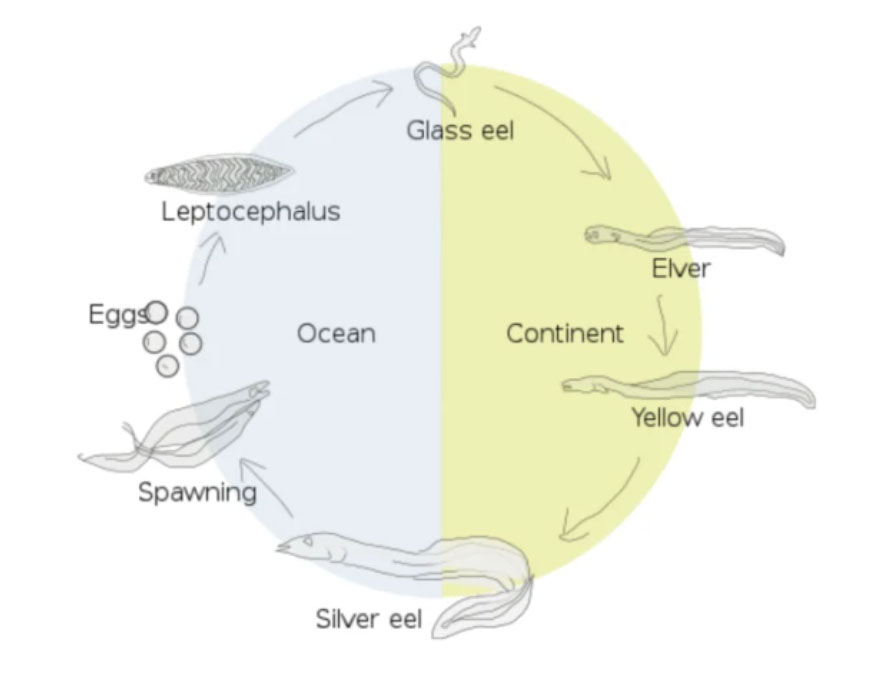
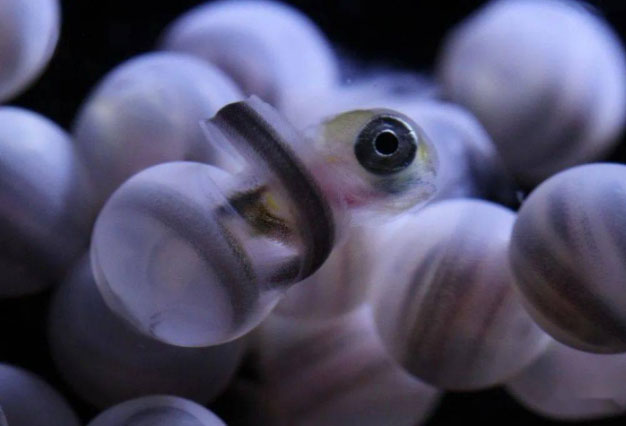
Eels spend most of their lives in rivers, only spawning when they swim thousands of kilometers out to sea, called migratory migration. The eel's eggs hatch in the sea.Mature eel reproduces only once in its life, and reproduction marks the end of its life.
Scientists have yet to pinpoint the spawning grounds of wild eels, which is thought to be near the Mariana Islands. The smallest eel larvae have been found in the area, so the exact location remains a mystery.
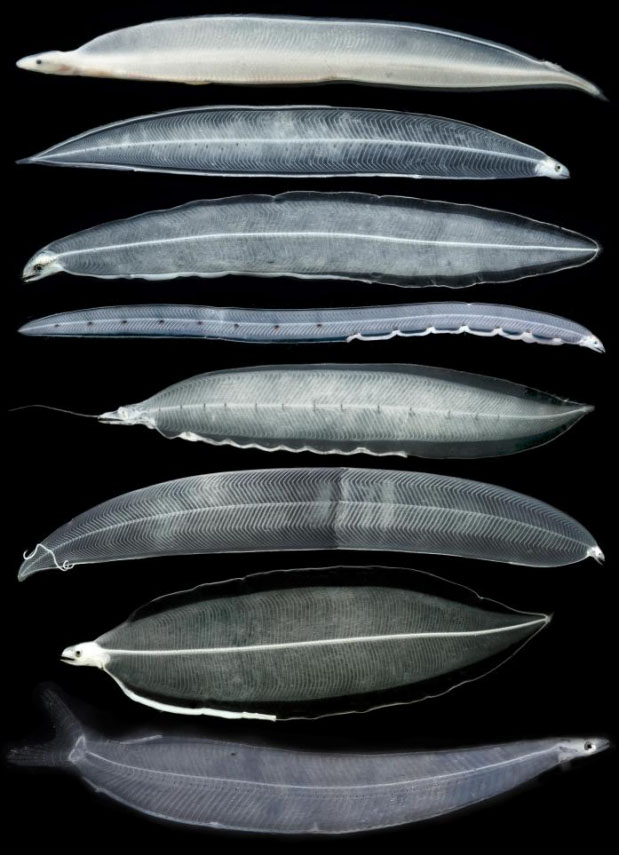
Leptocephalus is the name given to the flat, transparent, willow leaf-thin bodies of young fish that have just hatched from their eggs. Instead of protein, the eel's body is made of colloidal mucopolysaccharide, which is colorless and transparent. It has a small head and thin veins on its body, with a vertebra running through it.
Except for a pair of black eyes, blood, internal organs, bones and skin are transparent. Coloured organs, such as the liver, gallbladder and pancreas, have not yet grown at this stage.
Willow eels are flat and drift only along the currents. As they drift, they feed on organic debris floating in the ocean, and eventually ocean currents carry them to the vicinity of a continent or island
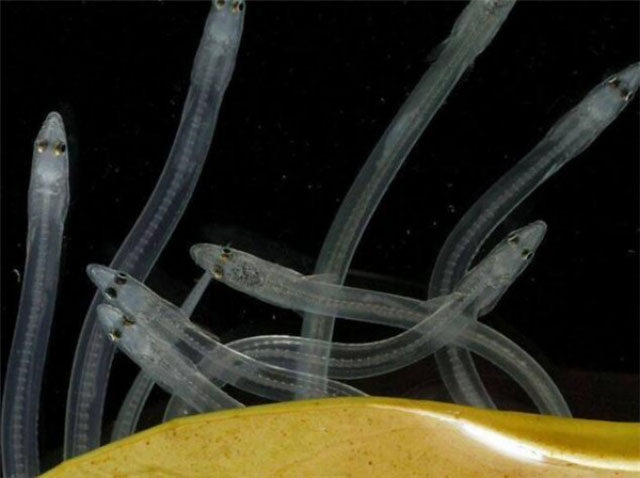
The eel continues to grow. As it approaches the coastal waters, its body gradually becomes streamlined, reducing drag and escaping the strong currents. It remains transparent. Larvae called"glass eel". Eels at this time gained the ability to swim and had the opportunity to find nearby rivers and swim upstream to find their homes.
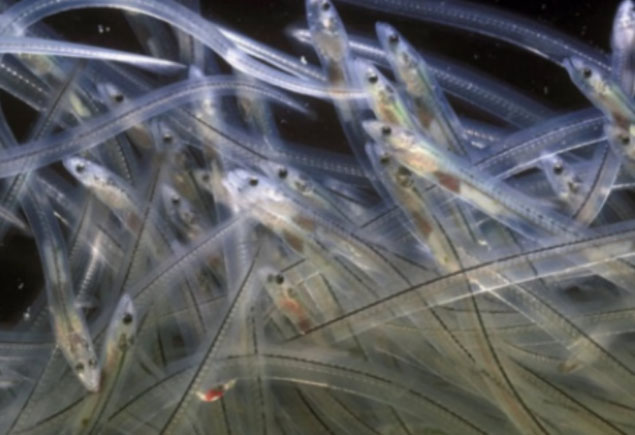
When glass eels enter estuarine waters, they begin to produce melanin and their bodies gradually change from transparent to opaque, which is called eel line.
While many glass eels would have been fished and farmed for dinner at this time, some would have made their way up into rivers and started living in fresh water
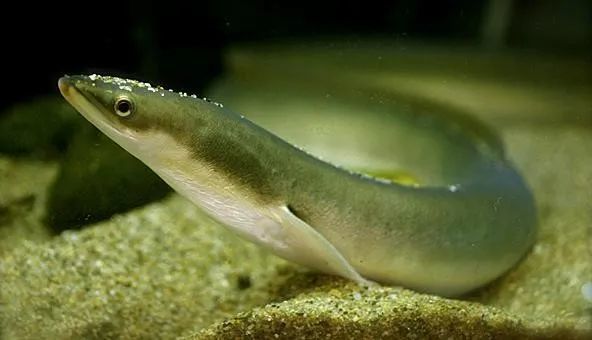
During the growth of the river, the belly of the eel line appears Yellow, and this stage is called “Yellow eel”. At this stage, the jaws of eels become wider and stronger, and their bodies are covered with light scales.
They will go to various places to live, such as shallow water, ditches and swamps. At this stage, eels stay most of the time
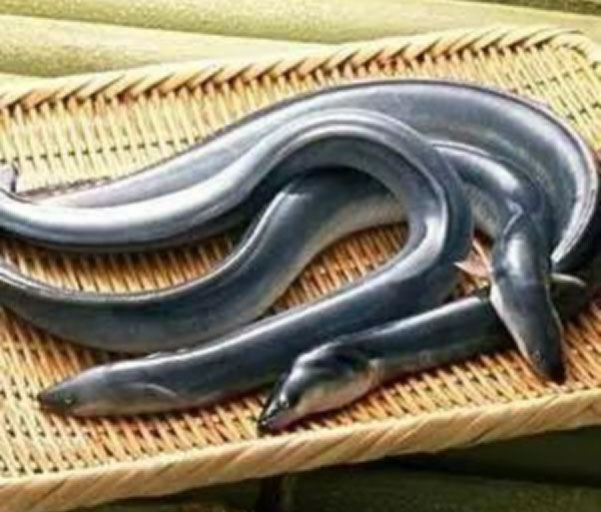
At some point, perhaps sensing the call of its reproductive instinct, the yellow eel transforms into a silvery white color similar to that of a deep-sea fish, with enlarged eyes, wider pectoral fins and a digestive system that shuts down and dissolves its stomach, consuming only its fat reserves in preparation for its migration to the depths to spawn, a stage called silver eels
Eels are no strangers to dinner tables, but in 2014 they were listed as endangered by the International Union for Conservation of Nature (IUCN), ranking second out of three on a scale of "highly likely to be endangered in the wild in the near future".
People wonder why eels, a common fish, are endangered. In fact, the Japanese eels we eat are raised in captivity, but not from the eggs.
Because the growth and reproduction rules of eels are not clear to human beings, and eel larvae are extremely picky about food, it is difficult to imitate the natural food of eel larvae in artificial environment, so the survival rate of artificial cultivation is very low.
The sex determination of eels is epigenetic, mainly influenced by the surrounding environment. When the population density is low, eels mainly develop into females. When the population density is high, most develop into males. Captive-breeding methods do not control sex well enough to sustain captive-breeding, so wild eel larvae are harvested from the sea and farmed in captivity.
Eels are the only farmed fish species that rely entirely on fishing for wild fry.